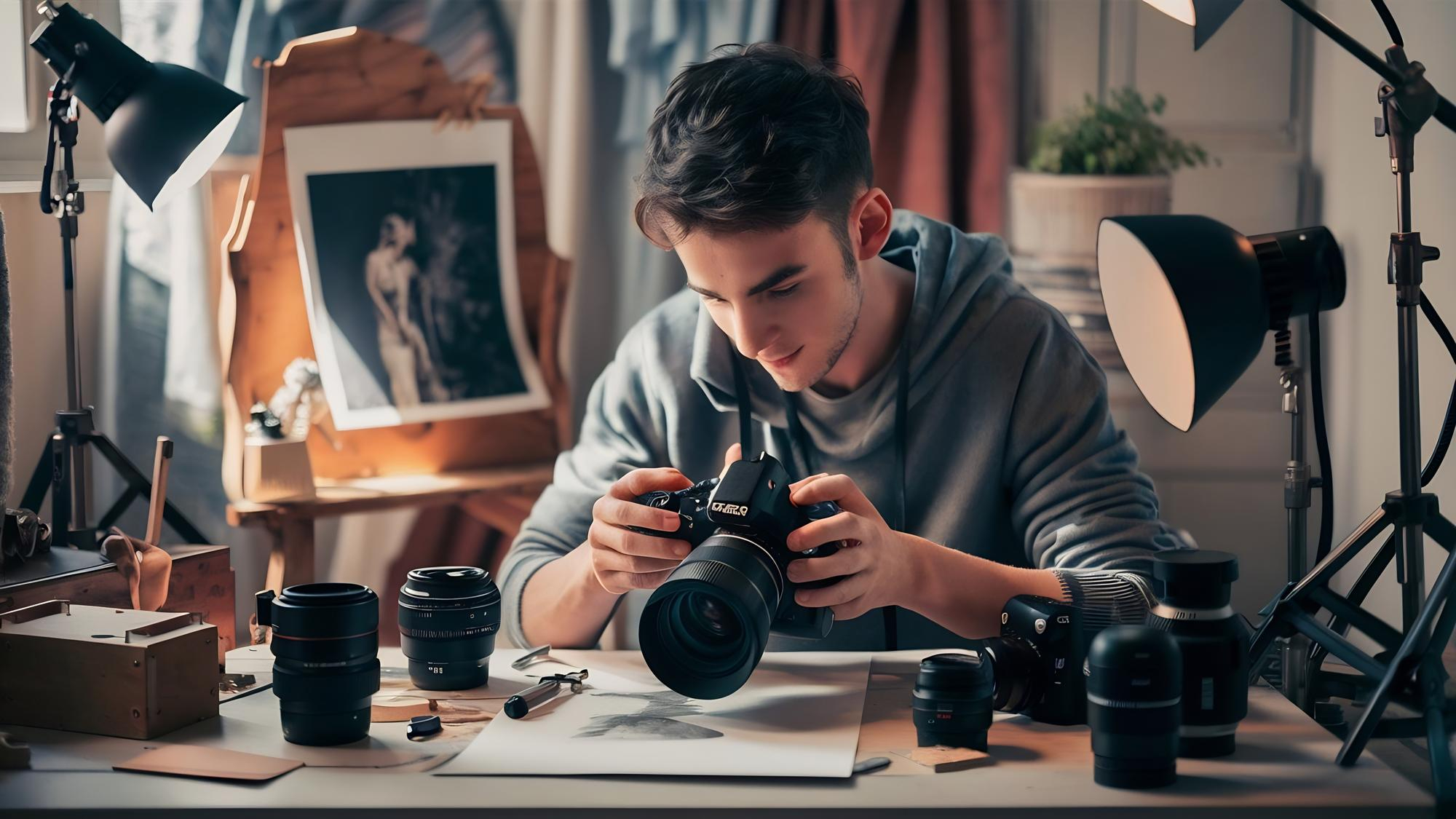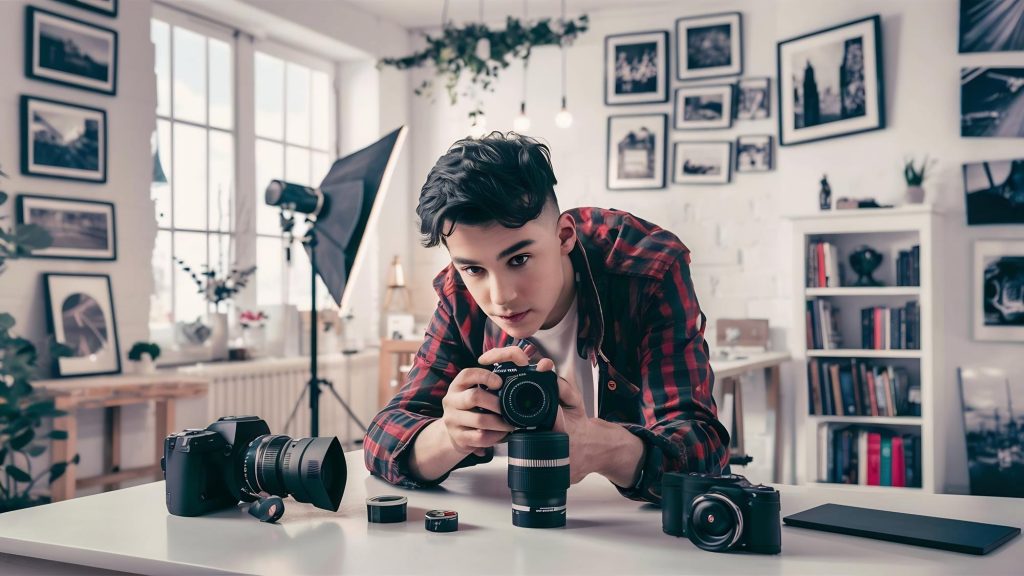10 Things Every Student Should Do to Become a Professional Photographer 📸
Photography is not just about clicking pictures it is about capturing emotions, telling stories, and creating lasting memories. For students in Grades 8 to 10 who are interested in turning their passion for photography into a professional career, starting early can make a significant difference. Learning the right skills, developing a creative mindset, and exploring real world opportunities are key steps to becoming a successful professional photographer.
Why Photography is a Great Career for Students
Photography is a blend of art and technology, offering diverse opportunities. Students who start young gain an advantage by developing:
- Creativity: Understanding composition, lighting, and storytelling.
- Technical Skills: Using cameras, lenses, and editing software effectively.
- Professional Exposure: Building a portfolio and connecting with clients or mentors.
- Confidence: Showcasing work, participating in exhibitions, and learning to accept feedback.
Photography is also a flexible career allowing students to work in events, fashion, wildlife, or commercial projects. For more insights on career opportunities, visit Career in Photography and National Geographic guide to photography careers.
1. Learn the Basics of Photography
Before capturing stunning images, students must understand the fundamentals of photography. This includes:
- Camera types and their functions
- Exposure, aperture, shutter speed, and ISO
- Composition techniques such as rule of thirds and leading lines
- Understanding natural and artificial lighting
Online courses or workshops can help beginners grasp these concepts quickly. Platforms like Coursera photography courses offer excellent guidance for students.
2. Practice Regularly
Photography is a skill that improves with practice. Students should:
- Experiment with different settings and subjects
- Take photos in varied lighting conditions
- Review and analyze their own work to identify strengths and areas of improvement
Consistency helps build confidence and enhances technical knowledge. Even small daily projects can make a big difference over time.
3. Explore Different Photography Styles
Students should explore multiple genres to find their passion. Some popular styles include:
- Portrait photography
- Wildlife and nature photography
- Sports and action photography
- Street photography
- Event and wedding photography
Trying different styles allows students to discover their strengths and preferred focus areas in professional photography.
4. Invest in the Right Equipment
While expensive cameras are not mandatory at the beginning, using appropriate equipment helps students understand technical details better. Essential items include:
- A DSLR or mirrorless camera
- Interchangeable lenses for different types of photography
- Tripod and stabilizers
- Editing software like Adobe Lightroom or Photoshop
Learning to use equipment effectively prepares students for professional assignments in the future.
5. Learn Post Processing and Editing
Post processing is a vital part of modern photography. Students should learn to:
- Edit photos to enhance colors and lighting
- Retouch portraits and remove distractions
- Create a consistent style across their portfolio
Resources such as Adobe Creative Cloud tutorials can guide students in mastering editing techniques.
6. Build a Strong Portfolio
A professional portfolio showcases a student’s skills and creativity. Tips include:
- Selecting best works that reflect versatility
- Organizing images by theme or style
- Including contact information for potential clients or mentors
- Regularly updating the portfolio with new projects
A strong portfolio is often the first impression in client interactions and competitions.
7. Participate in Photography Competitions
Competitions are excellent for exposure and recognition. Students gain:
- Feedback from professional photographers
- Opportunities to showcase work publicly
- Confidence and motivation to improve
Websites like PhotoCrowd and local school events provide such platforms for students.
8. Network with Professionals
Networking helps students understand industry expectations. They can:
- Attend workshops and photography exhibitions
- Connect with local photographers and mentors
- Join online photography communities and forums
Early networking builds relationships that can lead to internships, collaborations, or job opportunities.
9. Understand Photography Business Basics
Becoming a professional photographer also involves business skills. Students should learn:
- How to price services and manage budgets
- Marketing strategies for social media and personal websites
- Client communication and professionalism
Understanding the business aspect ensures that students can sustain their careers successfully.
10. Stay Updated and Keep Learning
Photography trends, technology, and techniques evolve constantly. Students should:
- Follow photography blogs and magazines
- Attend online courses and workshops regularly
- Experiment with new tools, lenses, and styles
Continuous learning ensures that students remain competitive and innovative in their careers.

Final Thoughts
Becoming a professional photographer requires a combination of creativity, technical skills, discipline, and passion. Students in Grades 8 to 10 who start early by practicing, learning, networking, and building portfolios can gain a head start in this dynamic and rewarding field. With consistent effort and curiosity, teens can turn their love for photography into a successful profession.



